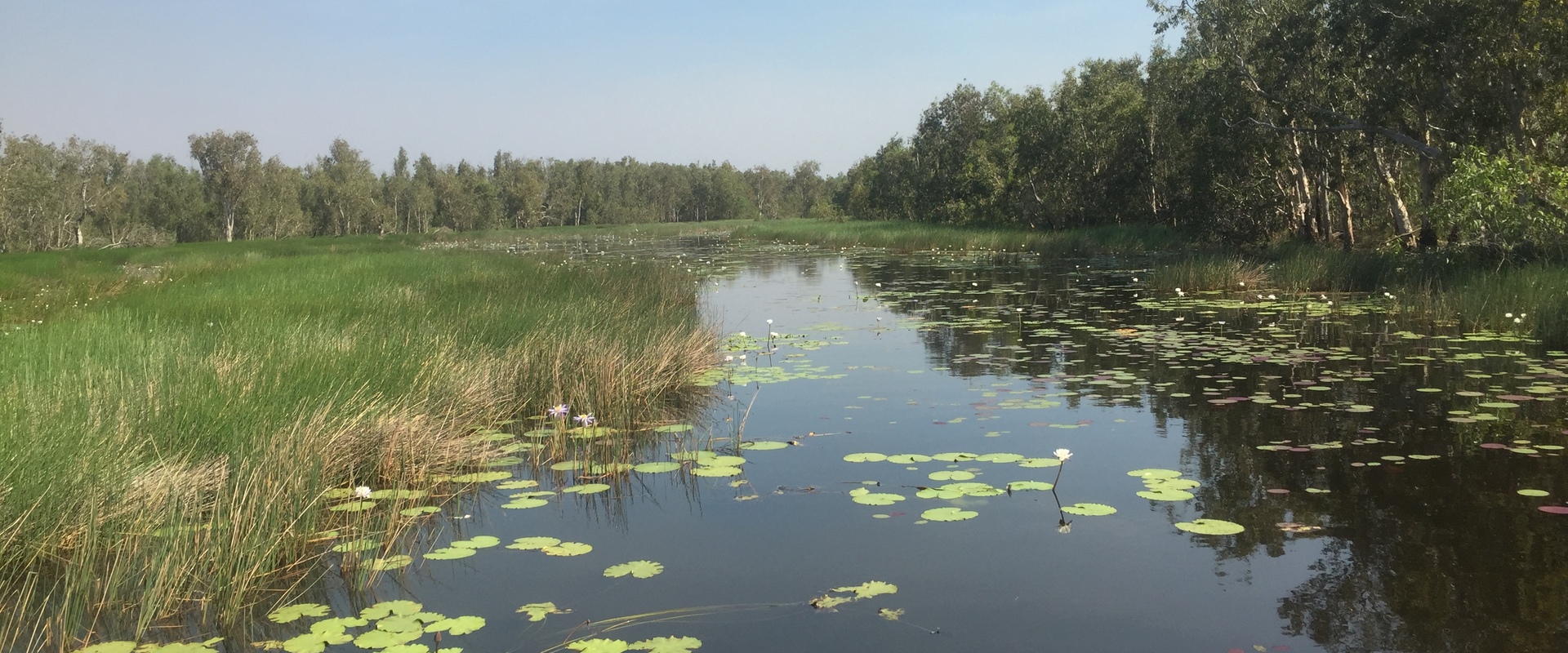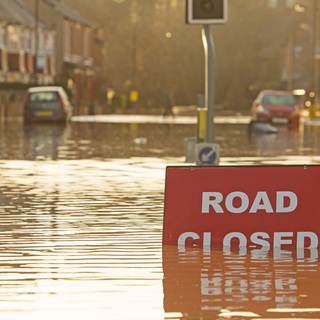
Water Quality Management Framework for Ranger Mine Closure
We were engaged by ERA to develop a water quality management framework for mine closure.
Customer: Energy Resources of Australia Ltd (ERA)
ERA operates the Ranger Uranium mine in the Northern Territory, Australia.
All mining and processing activities at Ranger mine will cease by 2021 and all decommission works must be completed by 2026.
A number of waterways and billabongs occur near the Ranger Mine which support a range of biodiversity and cultural values, including Kakadu National Park.
We were engaged by ERA to develop a water quality management framework for mine closure.
The Project builds on best practice frameworks for protection of environmental and cultural values. This involved the identification of water types, environmental values, and key threats, and identification of management objectives for different water types.
The definition of water types and environmental values was undertaken through a stakeholder consultation process. The development of Water Quality Objectives and conceptual models was facilitated through a scientific expert panel.
The management framework will be used to interpret water quality modelling results for contaminants of potential concern. This will provide a basis for ensuring values are protected during closure phase.

The Surface Water Management Plans (SWMPs) outline an assessment of surface water flood risk, recognising the flood mechanisms and economic impact to residential and commercial properties across the catchments of Clacton on Sea and Sawbridgeworth.

A modular floating platform, currently the world's largest floating stage (2018) was constructed and moored at site in Marina Basin in Singapore. The multi-purpose structure has been the site for important cultural events since 2007, bringing a marine solution to land-based challenges.

The Gold Coast waterways network consists of a range of maritime assets including boat ramps, channels, and anchorages that need to be maintained so that they remain clean, safe and accessible now and into the future.

Local governments in South East Queensland that contain over a certain population are required by the recently revised Environmental Protection (Water) Policy 2009 to develop and start implementing a Total Water Cycle Management (TWCM) plan before 1 July 2012.